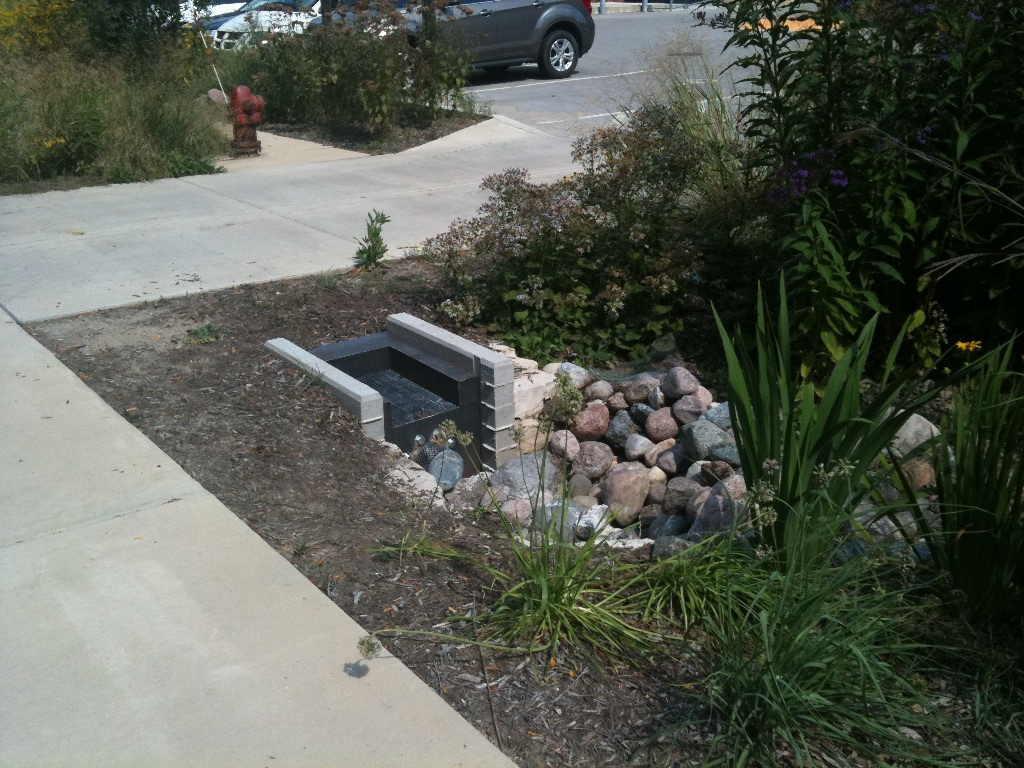This summer, the Lake Simcoe Region Conservation Authority (LSRCA) made good on its own findings and reports, expanding the onsite parking area at its Newmarket headquarters while implementing low impact development (LID) technologies for stormwater management.
The Authority made use of permeable pavement, a flow spreader, a vegetated filter strip, a bioretention section, an enhanced bioswale, and a raingarden in the expansion. The upgrades were an opportunity for the LSRCA to house its own model for LID stormwater management technologies and an opportunity for contractors that might not have experience implementing the technologies at scale to garner expertise.
As with any construction project, there are bound to be problems. But, as Steve Auger, stormwater management specialist at LSRCA, noted to Water Canada, it’s the practice of diligent mitigation of common construction problems that’s of value to LID implementation. “The contractor was good about putting filter socks around the features.” Specifically, the contractors were attentive in managing stormwater runoff throughout the construction project.
Putting filter socks (mesh tubes placed perpendicular to flow that control erosion and retain sediment) around outflow points is the kind of holistic stormwater management practice that many contractors might not have experience with. Or, if the contractor does have the experience, their focus might be on scheduling and cost. The LSRCA’s project offered the opportunity for a contractor to work through a process that held stormwater management best practices at the forefront. It’s the attention to detail that contractors are not often afforded that Auger said was an important part of the project.
The outcome of the stormwater management and LID technologies is to emulate “pre-development conditions,” said Auger. In particular, the LSRCA intends to reduce stormwater volume and the invasion of phosphorous into groundwater. Used in concert, the technologies that LSRCA put in place are much more successful at capturing nutrients than conventional ponds, which operate on a settle-out mechanism. Ponds pose long-term problems with respect to maintenance and cleaning. The more modular approach better emulates the pre-development conditions, preventing nutrient loads from entering groundwater by providing more opportunities for their retention.
Also this past summer, Water Canada featured an article by Tim Van Seters, manager of sustainable technologies at Toronto and Region Conservation Authority, on the long-term maintenance of stormwater management technologies.
Visit the LSRCA’s website for more information on their policy guidelines for stormwater management.









